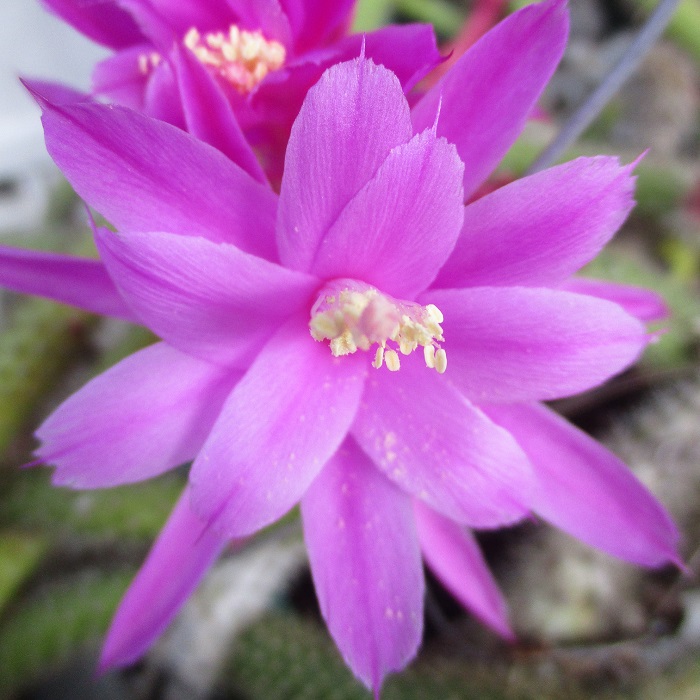UNITED STATES—With few exceptions, plants dislike confinement of their roots. They prefer to be in the ground where they can disperse roots freely. Houseplants stay potted because of a lack of other soil inside. Some plants live in pots for portability. Some plants just happen to look good in pots. Plants in hanging planters conform to any combination of these and other reasons. They serve their purpose.
Most hanging planters are simple pots suspended by three wires, chains or strands of plastic, jointed at a hook or loop. The hook or loop hangs from a hook affixed to a ceiling, eave, rafter, beam or tree limb. Hanging baskets are pot-shaped mesh or metallic baskets outfitted with fibrous lining to contain the medium within. Small plants or cuttings can grow from holes cut through the lining.
Of course, hanging planters for houseplants are generally pots instead of baskets, which are too messy for inside. They should have deep saucers to contain the drainage as well. Hanging planters just happen fit well into spaces that are not useful for much else, such as up near a ceiling in a corner. Many of the most popular houseplants just happen to cascade splendidly from hanging planters.
Portability is another advantage of potted plants. Hanging planters that contain frost sensitive plants outside can spend winter in sheltered situations. Orchids and epiphylums that are prominently displayed during bloom can return to less prominent spots when finished.
It is mostly about the style.
Hanging planters are popular mostly because some plants simply look better in them. Cascading houseplants like Boston fern, pothos and spider plant, might look a bit mundane on flat surfaces. Many low growing bedding plants are more impressive if suspended at eye level than they are in the ground. Some bedding plants and small perennials excel at cascading from hanging planters.
However, hanging planters are very different from the ground. Because of limited root dispersion, potted plants rely more on regular watering than those in the ground. Because they are exposed to open air, they dry out fast, so crave more water.
Highlight: Rat Tail Cactus
When first imported to Europe from the Americas, cacti were very strange. Their distended green stems do all the photosynthesis. Vestigial leaves develop into sharp protective spines. Vestigial stems develop into more formidable thorns. One of the first cacti imported is among the weirdest. Rat tail cactus, Aporocactus flagelliformis, develops pendulous stems that do not stand upright.
In the wild, rat tail cactus cascades from rocky ledges and crotches of trees. In home gardens, it cascades splendidly from elevated planters or hanging pots. Pruning scraps make good cuttings to plug into loose stone or broken concrete retaining walls. Rat tail cactus likes warmth, but also some partial shade from hot afternoon sunshine. Yellowish stems appreciate a bit of mild fertilizer.
Old stems grow longer than three feet if they get the chance. However, they discolor with age. Pruning them out from the base promotes healthier and more compact growth. Most stems emerge from the base, with minimal branching beyond the base. Bloom is slightly purplish pink. Individual flowers are about two inches long and slightly wider than an inch. They last for three or four days.
Horticulturist Tony Tomeo can be contacted at tonytomeo.com.






